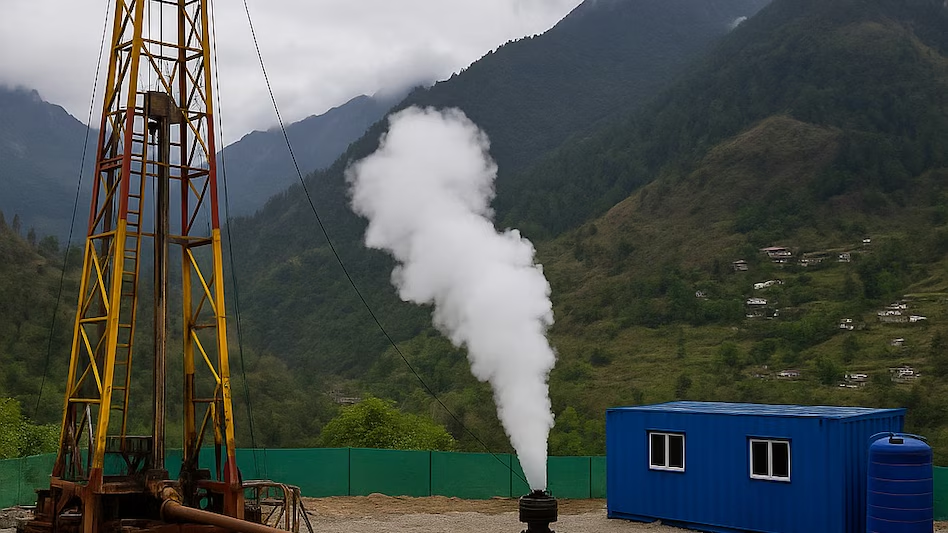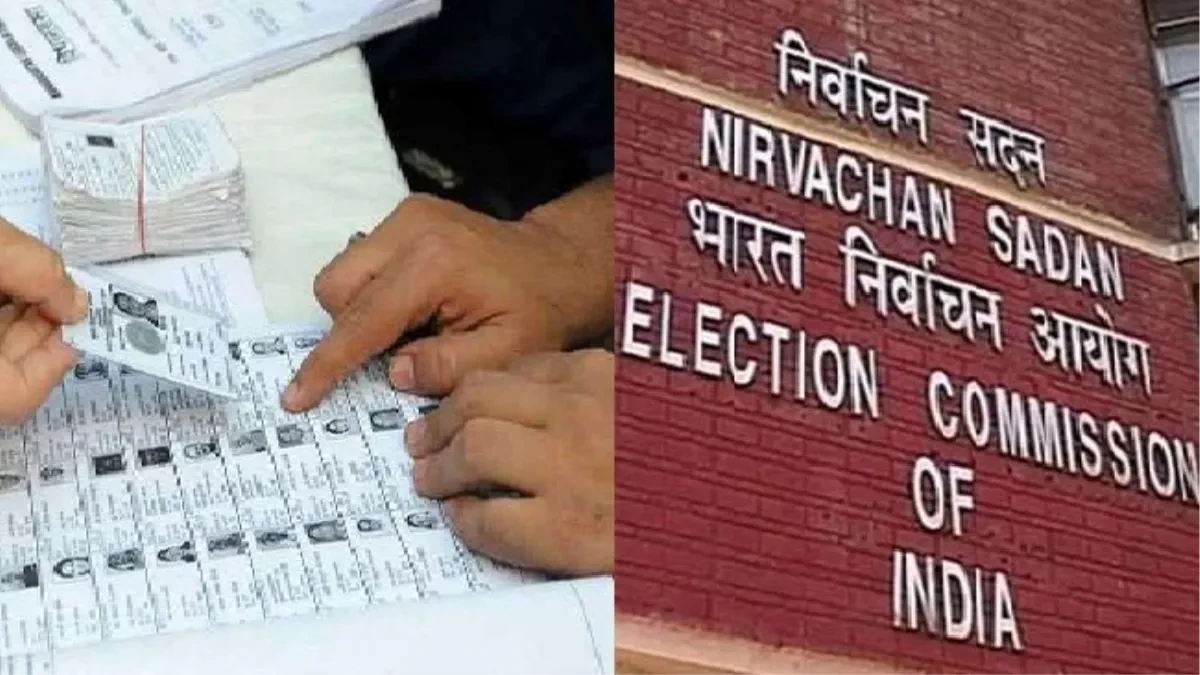- Courses
- GS Full Course 1 Year
- GS Full Course 2 Year
- GS Full Course 3 Year
- GS Full Course Till Selection
- Answer Alpha: Mains 2025 Mentorship
- MEP (Mains Enrichment Programme) Data, Facts
- Essay Target – 150+ Marks
- Online Program
- GS Recorded Course
- Polity
- Geography
- Economy
- Ancient, Medieval and Art & Culture AMAC
- Modern India, Post Independence & World History
- Environment
- Governance
- Science & Technology
- International Relations and Internal Security
- Disaster Management
- Ethics
- NCERT Current Affairs
- Indian Society and Social Issue
- NCERT- Science and Technology
- NCERT - Geography
- NCERT - Ancient History
- NCERT- World History
- NCERT Modern History
- CSAT
- 5 LAYERED ARJUNA Mentorship
- Public Administration Optional
- ABOUT US
- OUR TOPPERS
- TEST SERIES
- FREE STUDY MATERIAL
- VIDEOS
- CONTACT US
Northeast's First Geothermal Production Well Drilled
Northeast's First Geothermal Production Well Drilled
06-05-2025

- The first geothermal production well in Northeast India has been successfully drilled at Dirang in Arunachal Pradesh by the Centre for Earth Sciences and Himalayan Studies (CESHS).
- The project is the outcome of international scientific collaboration between CESHS, Norwegian Geotechnical Institute (NGI), Icelandic geothermal firm Geotropy ehf, and the drilling team from Guwahati Boring Service (GBS).
About Geothermal Energy
- Geothermal energy refers to heat energy from the Earth, combining geo (earth) and thermal (heat).
- It is extracted for direct heating, cooling, or converted into electricity.
- The internal heat is generated from radioactive decay and continuous heat loss from the Earth’s formation.
Advantages of Geothermal Energy
- It is a clean, inexpensive renewable energy.
- Can operate year-round, providing a stable energy source.
Disadvantages of Geothermal Energy
- Potential land subsidence.
- High transportation costs for energy.
- Possible release of toxic chemicals from geothermal wells.
Steps to Promote Geothermal Energy
- The Geological Survey of India (GSI) published the ‘Geothermal Atlas of India, 2022’, identifying potential geothermal sites across India.
- The Renewable Energy Research and Technology Development Programme (RE-RTD) by MNRE aims to promote indigenous R&D for cost-effective renewable energy, including geothermal.
Singareni Collieries Company Limited (SCCL) has commissioned a 20 kW pilot geothermal power plant in Manuguru area of Bhadradri Kothagudem district, Telangana.
|
Also Read |
|
| FREE NIOS Books | |



